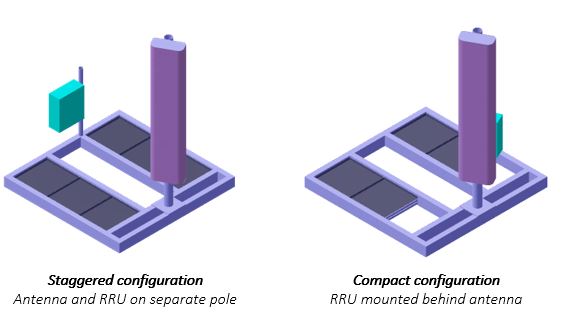
The design of free-standing rooftop structure in accordance with design codes to serviceability criterion is a fundamental first principle design that can be completed by the old-school pen and calculator method, but the solution is often over- or under-designed. The designed solution must be adequate to ensure that the structure is stable against overturning moment (OTM) and sliding forces caused by wind action in addition to eccentric weights, accounting for the ancillaries, steelwork, and ballast frame.
Overturning moments are primarily due to wind forces in addition to eccentric vertical loads about the global centroid of structure. This de-stabilising load must be balanced and counteracted to achieve structural stability and safe operations. More often, simplified method is adopted that only considers the destabilizing and stabilizing forces on one side of the structure which is not always the optimal design. Configuration optimisation is essential to achieve cost and installation effective solution such as reduced ballast frame size and induced pressure on the roof. This includes:
- Positioning the antennas and associated RRUs in a staggered configuration to reduce unfavourable eccentricity.
- Compact configuration which involve shielding the RRUs behind the antennas to reduce the wind destabilsing force.
KAEG are at the forefront of providing valued engineering to achieve cost- and installation effective design solutions in the telecommunication industry to network providers. Contact our expert team at: info@ka-engroup.com to learn more and discuss how we can best serve your needs.


